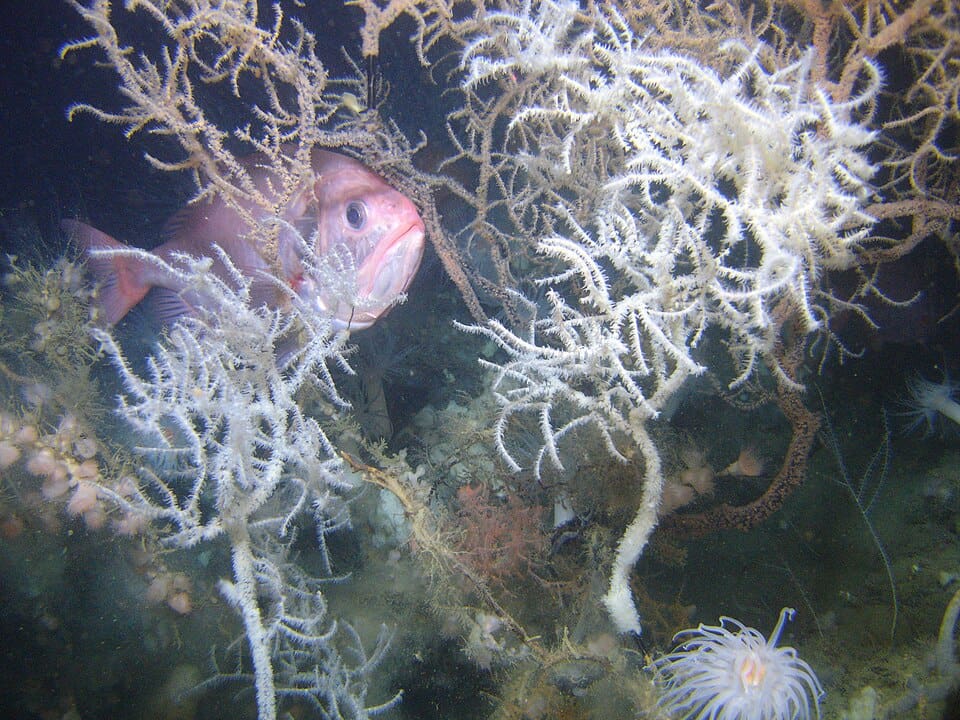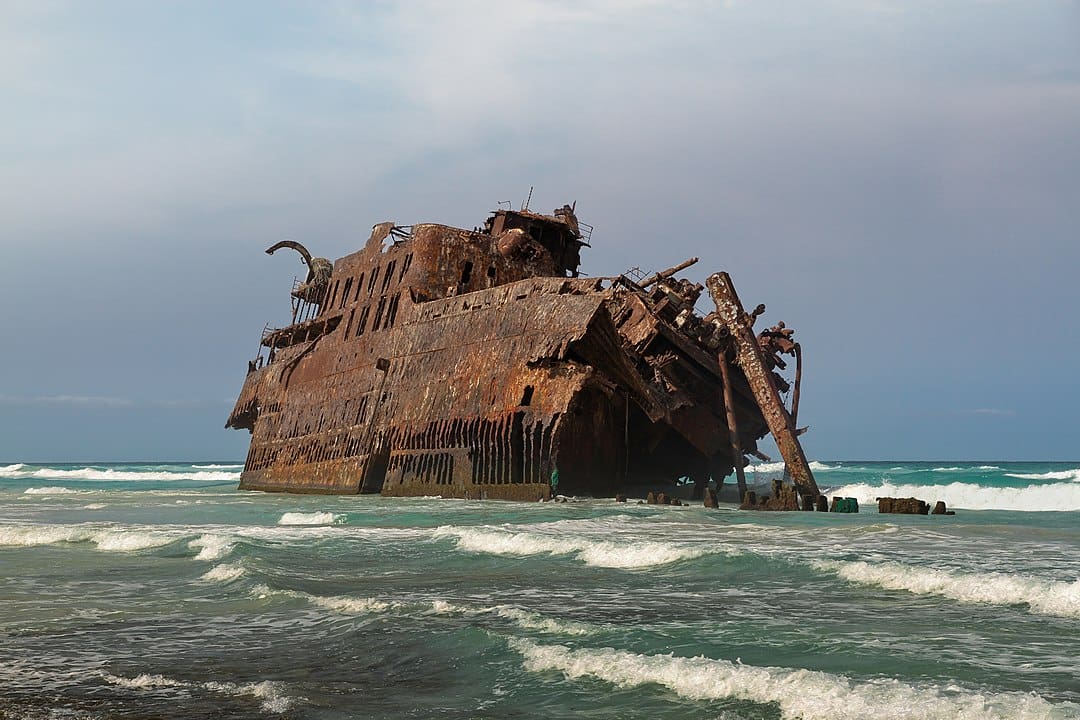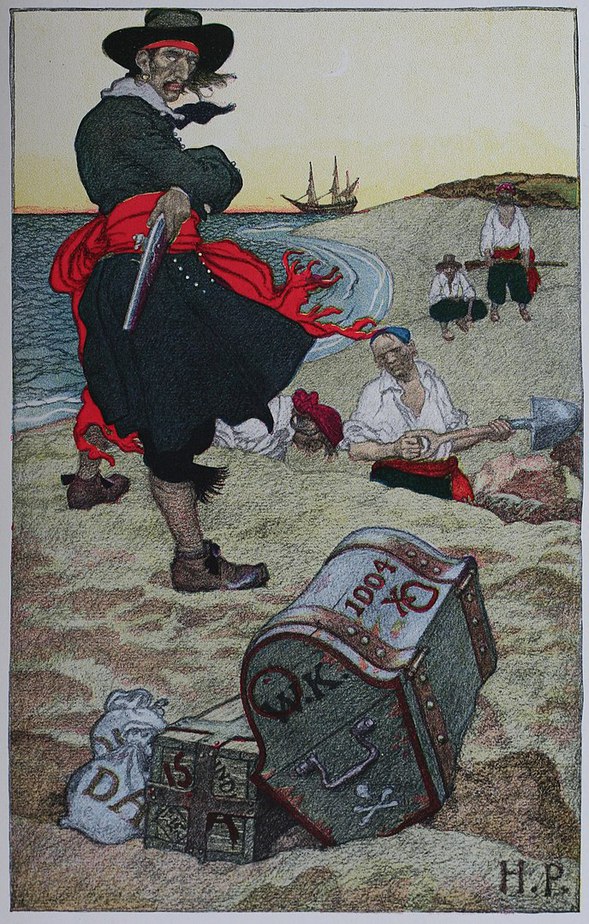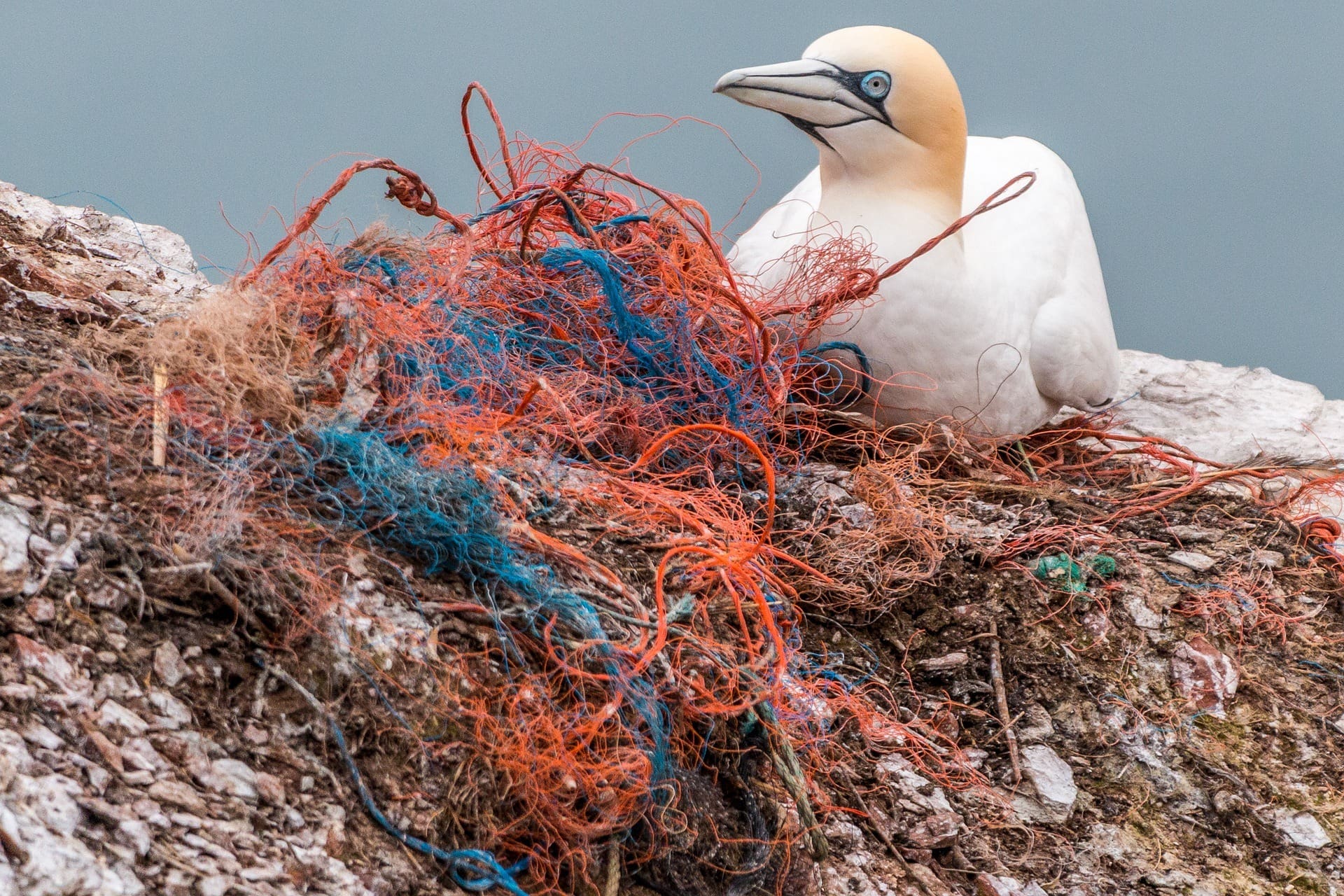15 Intriguing Facts About the Gulf of Mexico
The Gulf of Mexico is located north of the Caribbean Sea, east of Mexico, South of the United States, and west of the Atlantic Ocean and Cuba. The Gulf of Mexico is such a spectacular and mind-blowing space that has an outstanding diversity of species. On the other hand, however, it’s also one of the most imperiled bodies in the world. All things considered, the Gulf of Mexico is quite intriguing and those are some of the facts we’ll be looking at in this article.
1. The Gulf of Mexico formed 300 million years ago
Indeed, the Gulf of Mexico has been around for quite a long time. It was formed about 300 million years ago as a result of seafloor subsidence. This is a process that involves the gradual sinking of the seafloor. Now, it stretches over 3,500 miles and has about 643 quadrillion gallons of water.
2. It has provided humans with natural resources and food

Rowen, CC BY-SA 4.0, via Wikimedia Commons
Thanks to the Gulf of Mexico, humans living around it do not have to worry about food and water. Due to the rich marine life it has and its large body of water, the gulf over the years has always provided people with resources that can help them to easily survive. The climate too is perfect and it has helped humans be able to thrive and even settle quite comfortably around the areas that surround the gulf.
3. The Gulf of Mexico is the largest in the world

Daphne Fautin, Penelope Dalton, Lewis S. Incze, Jo-Ann C. Leong, Clarence Pautzke, Andrew Rosenberg, Paul Sandifer, George Sedberry, John W. Tunnell Jr, Isabella Abbott, Russell E. Brainard, Melissa Brodeur, Lucius G. Eldredge, Michael Feldman, Fabio Moretzsohn, Peter S. Vroom, Michelle Wainstein, Nicholas Wolff, CC BY 4.0, via Wikimedia Commons
The Gulf of Mexico is the largest gulf in the world, with a surface of bout 600,000 square miles and a width of about 932 miles. It has a depth of roughly 5,299 feet although the maximum depth can typically range from 12,303 feet to 14,383 feet. Moreover, the Gulf of Mexico also borders the whole of the southeastern United States, all the way from Florida to Texas. Keep in mind how big Texas is. It also borders the Eastern coast of Mexico from Tamaulipas to Quintana Too. Also, the island of Cuba serves as a border to mark where the gulf ends and the Caribbean Sea begins. It is quite a large body of water that covers such a huge space.
4. The Gulf has a stream

Corwin Hee, CC BY-SA 4.0, via Wikimedia Commons
The Gulf Stream is typically a warm, Atlantic Ocean current that is considered one of the strongest in the world. The stream influences the climates of the southeast US and goes upwards along the eastern U.S. all the way to Virginia. Moreover, the Gulf Stream also influences climates all across the Atlantic Ocean in Northwest Europe, famously known as the North Atlantic Current. Even more mind-blowing, the Western islands of Norway even though they are closer to the Arctic, are also affected by the warm ocean currents of the Gulf Stream.
5. The Gulf of Mexico is infamous for hurricanes

Jeff Schmaltz, MODIS Rapid Response Team, NASA/GSFC, Public domain, via Wikimedia Commons
In the typical sense, the Gulf of Mexico is very warm. Because of these high temperatures, it forms the perfect ground for hurricanes to form and occur. All through history, these hurricanes have always caused excessive damage to the surrounding areas of the U.S., Mexico, and even Cuba. For instance, the deadly hurricane Katrina of 2005 was thanks to the Gulf. One thousand, eight hundred and thirty-six people died in the United States and their damages are estimated to be about 100 billion dollars.
6.It has quite a diverse animal life

NOAA Okeanos Explorer Program, Gulf of Mexico 2012 Expedition, Public domain, via Wikimedia Commons
When it comes to the diversification of marine life, look no further than the Gulf of Mexico. It has been rated and appreciated as home to a wide and diverse population of marine life. There are for instance a wide variety of whale species like killer whales, blue whales, and humpback whales. There are so many species of dolphins too like the stripes dolphin and Atlantic spotted dolphin. You will also find thousands and thousands of different species of fish, the most common being the red snapper, albacore tuna, tiger shark, and many others. Other than fish, there are sea turtles too, known popularly to be spotted constantly. Turtles are however becoming extinct due to human hunting.
7. The Gulf is also home to different species of plants

USGS, Public domain, via Wikimedia Commons
Apart from a diverse marine animal life, the Gulf of Mexico is also home to so many different species of plants and flora. You will find various types of plants like marsh grass, sea algae, and plankton too. In other words, the Gulf of Mexico indeed has quite a wide range of animal life. This goes to show that it supports more than human life and that is quite impressive given what a large natural resource it is.
8. The Gulf of Mexico is also a coral reef paradise
Within the Gulf of Mexico, there are many coral reefs to be found, mainly in Texas, and Florida and around the coasts of Yucatan and Quintana Roo in Mexico. Actually, the second largest coral reef in the world is known as the Mesoamerican Barrier Reef System, found along the coasts of Mexico, Belize, Guatemala, and Honduras. That system is popularly referred to as the Great Mayan Reef.
9. It has quite a fascinating history

Samuelboygodi, CC BY-SA 4.0, via Wikimedia Commons
Apart from the mind-blowing nature of the Gulf of Mexico and its even more impressive animal life, the Gulf also has quite an interesting history. For instance, it was initially used as a trade route for many native civilizations. Also, the first exploration of the gulf was made in 1497 by Amerigo Vespucci, although the dates have always been disputed. Then in 1519, Hernan Cortes, the guy responsible for the conquest of Mexico, arrived from the gulf to Yucatan and then onwards to Tenochtitlan.
10.TheGulf of Mexico is home to over a thousand shipwrecks

Ximonic (Simo Räsänen), CC BY-SA 4.0, via Wikimedia Commons
It is believed that in the depths of the Gulf of Mexico, there are over 4,000 shipwrecks. In fact, ever since the European conquests of Mexico, Cuba, and the southern U.S., there have been so many shipwrecks in the gulf, either because of natural disasters or battles that happened on the waters of the gulf. Some of the notable ships that wrecked in the gulf include the famous Robert E. Lee ship that was torpedoed by a German submarine in 1942. Ironically, the same submarine sank within the same year and its wreckage was discovered in 2001, just a few miles away from Robert’s ship.
11. The Gulf serves as an important anchor for major industries

Chanilim714, CC BY-SA 3.0, via Wikimedia Commons
The Gulf of Mexico serves as a crucial anchor to four major industries that are tourism, fishing, shipping, and oil. Oil companies for example that drill in the Gulf make billions of dollars each year. The tourism industry makes a hundred billion dollars in profit yearly while the fishing industry in the states alone provides over 23,000 jobs every year. It goes to show how important the gulf is even on the commercial side of human life.
12. The Gulf of Mexico faces environmental threats
The Gulf of Mexico unfortunately faces two main environmental threats. These are the agricultural runoff from the farming industry that’s near the gulf and offshore oil drilling. Offshore oil drilling is particularly risky because it depletes natural resources in the area and heavily affects marine life. It also damages natural habitats which ultimately has fore consequences on the environment. For instance, a study released and published by PNAS (the Proceedings of the National Academy of Sciences) concluded that the release of methane and carbon dioxide continues to threaten the overall environment and can accelerate climate change.
13. It is very important for the surrounding nations

Flip Schulke, Public domain, via Wikimedia Commons
When it comes down to it, the Gulf of Mexico is particularly important for the U.S., Mexico, and Cuba. This is mainly because it sustains the economies of these three nations and ensures the provision of jobs to millions of citizens. Also, because it is very biodiverse, the Gulf of Mexico has ensured that animals get to thrive and survive there. It is therefore quite a big deal, all things considered.
14. It was home for pirates

Buried Treasure: illustration of William “Captain” Kidd overseeing a treasure burial. Photo by Pyle, Howard; Johnson, Merle De Vore/Wikimedia Commons
Hundreds of years ago, the Gulf of Mexico was home to many pirates who would mostly hide in Perdido Pass and Perdido Bay while waiting for ships to raid in the Gulf. It is actually said that these pirates buried some of their treasures and stolen loot in the bay.
15. Millions of birds migrate over the Gulf every year

Andreas Weith, CC BY-SA 4.0, via Wikimedia Commons
Yearly, millions of birds typically migrate especially during fall. Many of these birds fly over the Gulf of Mexico during the course of their trip and over 400 species of birds have been recorded to visit the coast of the gulf while migrating southward. FYI: The annual John L. Borom Alabama Coastal Birdfest is a perfect time to witness these birds migrate. It should be such a sight to behold.
The Gulf of Mexico will always be one of the most important bodies of water in the world. Apart from the great biodiversity it provides, it has great amounts of natural resources and it is home to many coral reefs as seen. It poses a dangerous threat, but there’s no denying that the economies of the surrounding nations are heavily reliant on the gulf.
Planning a trip to Paris ? Get ready !
These are Amazon’s best-selling travel products that you may need for coming to Paris.
Bookstore
- The best travel book : Rick Steves – Paris 2023 – Learn more here
- Fodor’s Paris 2024 – Learn more here
Travel Gear
- Venture Pal Lightweight Backpack – Learn more here
- Samsonite Winfield 2 28″ Luggage – Learn more here
- Swig Savvy’s Stainless Steel Insulated Water Bottle – Learn more here
Check Amazon’s best-seller list for the most popular travel accessories. We sometimes read this list just to find out what new travel products people are buying.












